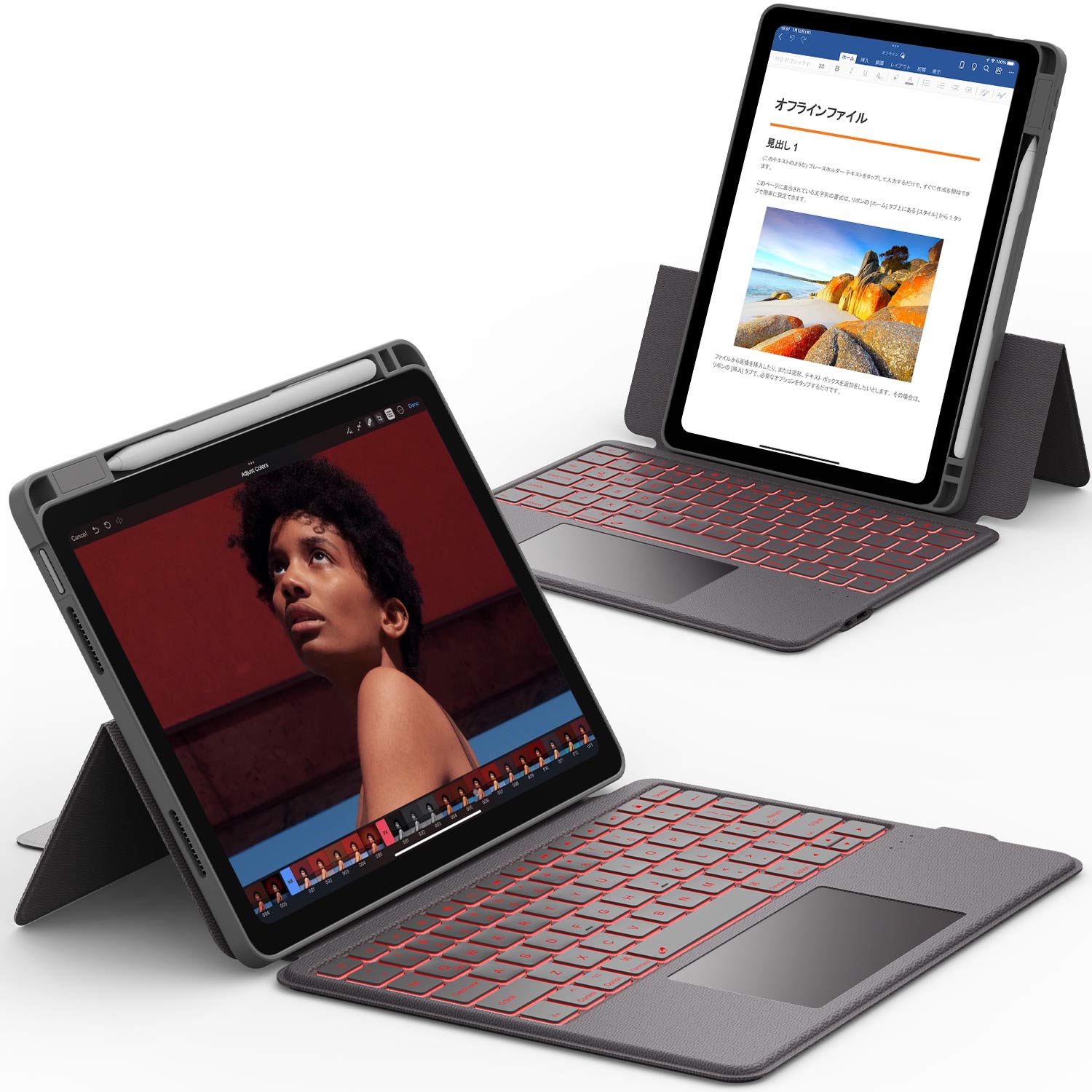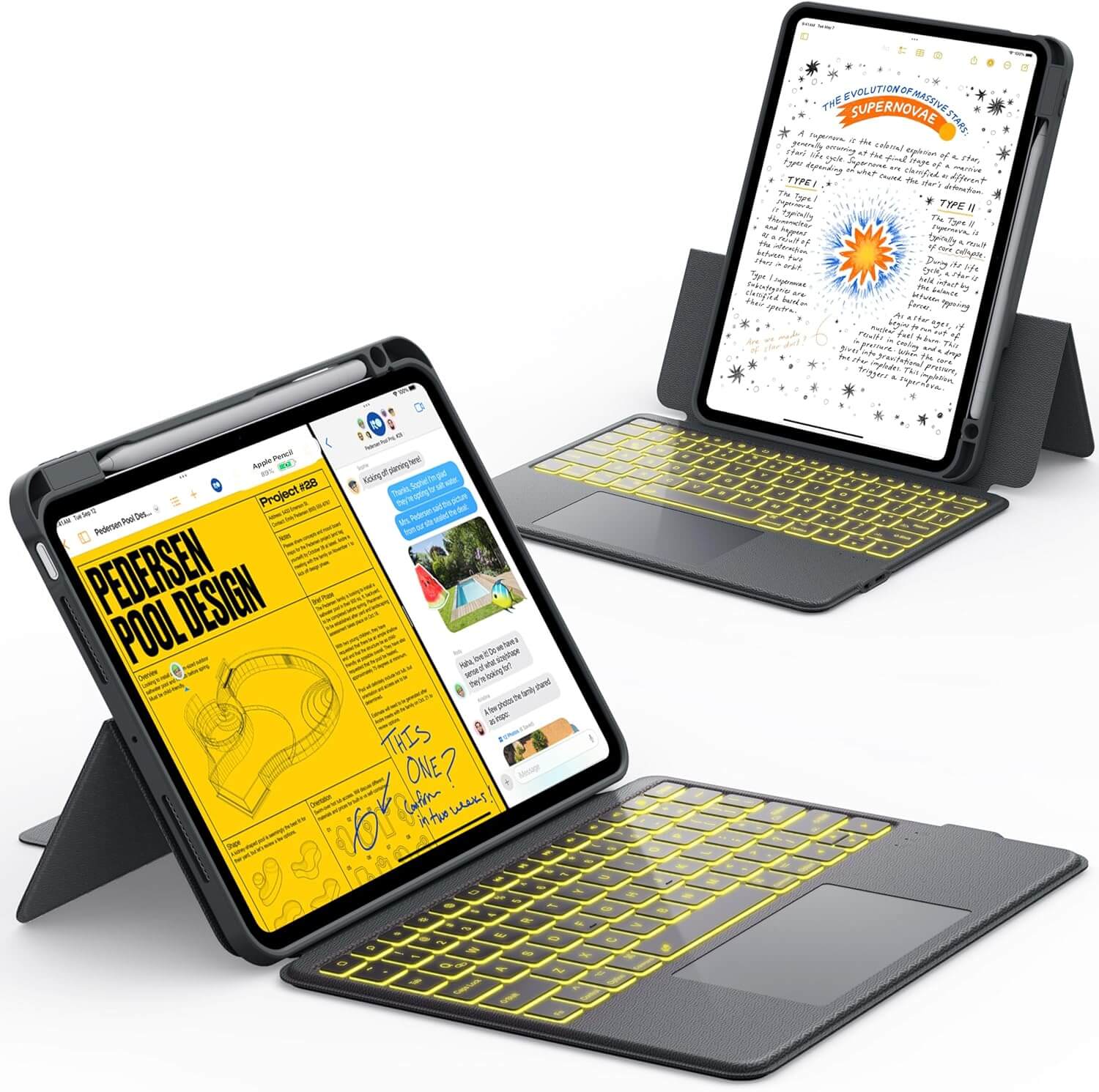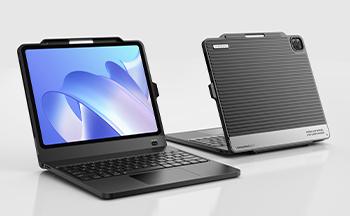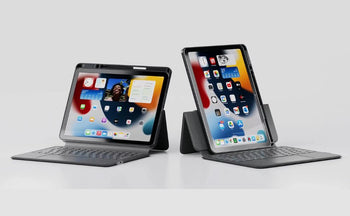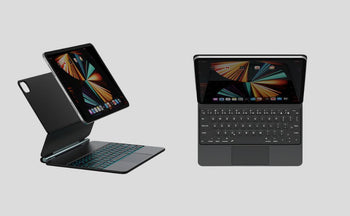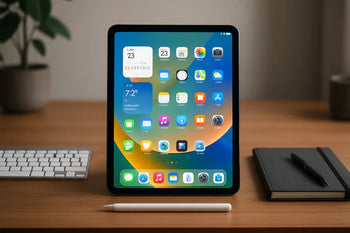The best Android tablet for gaming is the one that gives you smooth graphics, fast performance, and long battery life—all in one sleek device.
Whether you’re into action-packed shooters, racing games, or casual puzzles, the right tablet can make every session more fun and immersive.
If you want smooth graphics and fast performance, the best Android tablet for gaming really changes the experience. Bigger screens give you more room to play, while stronger processors keep your games running without lag.
Some tablets even offer extras like desktop modes or controller support, which open up new ways to play.
The right device also depends on ecosystem. Some tablets give you better cloud gaming access, while others focus on raw performance for offline play.
Pick well, and you can enjoy casual mobile games and even console-style experiences on one device.
Key Takeaways
- Find the best Android tablet for gaming by balancing power, display, and comfort
- Look for features like high refresh rates, cooling, and controller support
- Choose a device that fits both mobile and cloud gaming needs
Keeping your device updated ensures smooth performance. Learn how in our article, How to Update iPad: A Guide for the Latest iPadOS.
Top Android Tablets for Gaming in 2025

You’ve got more choices than ever if you want a tablet that can handle today’s mobile games. High-end models with desktop-level chips and lighter tablets that balance price and performance are both on the table.
Flagship Gaming Powerhouses
If you’re after the best gaming tablet, check out the Samsung Galaxy Tab S10+ and Lenovo Legion Tab Gen 3. Both use Snapdragon 8 Gen 3 processors and deliver smooth frame rates, even in demanding games like Genshin Impact or Call of Duty Mobile.
The Galaxy Tab S10+ features a 12.4-inch AMOLED display, 120Hz refresh rate, and reliable battery life. Samsung DeX lets you connect to a monitor and use the tablet like a PC.
The Lenovo Legion Tab Gen 3 is built for gamers. Active cooling, customizable triggers, and a gamer-focused design help with long play sessions.
Another wild card is the Asus ROG Flow Z13 (2025 refresh). It’s technically a 2-in-1, running Android alongside Windows, so you can play both mobile and PC titles. It’s expensive, but if you want flexibility, nothing else really compares.
Best Mid-Range Android Tablets
If you don’t need all the flagship power, the OnePlus Pad 2 and Samsung Galaxy Tab S9 give you strong performance at a lower price. Both have high refresh rate displays and enough power for most Android games.
The OnePlus Pad 2 sports an 11.6-inch LCD with 144Hz refresh rate. Its MediaTek Dimensity 9300 chip balances efficiency and speed, so you can play longer without overheating.
The Galaxy Tab S9 offers a smaller 11-inch AMOLED screen with HDR support. Colors look vibrant in games, and it’s IP68 water-resistant, so spills aren’t a big worry.
Compact and Portable Gaming Tablets
Sometimes you just want a smaller device that’s easy to carry. The Google Pixel Tablet (2025 update) and some 8-inch tablets fit that need. They’re lighter, more affordable, and still strong enough for casual or mid-core gaming.
The Pixel Tablet now has a 90Hz display and Tensor G3 chip. It’s not as powerful as the top-tier models, but it handles games like PUBG Mobile and Asphalt 9 just fine. Plus, when docked, it doubles as a smart display.
For an even smaller option, new 8-inch Android tablets from Lenovo and Xiaomi give you a compact form factor. These are perfect if you want something like a big phone but with more screen space.
Key Gaming Features to Look For

When you pick a tablet for gaming, you want smooth graphics, fast performance, long playtime, and strong sound. The right mix of display, power, battery, and audio can turn a laggy device into a real gaming machine.
Display Technology and Refresh Rate
Your screen decides how sharp and smooth your games look. OLED or AMOLED displays give you deeper blacks and more vibrant colors than standard LCDs. This really pops in games with dark scenes or bright effects.
Resolution matters, too. Full HD (FHD) is the minimum, but higher resolutions look crisper. For competitive games, refresh rate matters even more than resolution.
Most gaming tablets now have a 120Hz refresh rate, but some go up to 165Hz. Higher refresh rates make motion smoother and reduce blur when you swipe or aim quickly.
Performance: CPU and RAM
The processor and memory control how well your tablet runs games. Chips like the Snapdragon 8 Gen 3 or Snapdragon 8 Gen 2 deliver top-tier performance and keep frame rates stable, even when things get busy on screen.
Some tablets use the MediaTek Dimensity 9300+, which is also fast and good for multitasking. You can switch between apps without slowdown.
RAM is crucial. Look for at least 8GB of RAM. 12GB or more helps with big games and background apps. More RAM means fewer reloads and smoother gameplay when you multitask.
Battery Life and Charging
Gaming drains batteries fast. A solid gaming tablet should last 8–10 hours of play on one charge. Some high-end models last even longer with power-efficient chips and bigger batteries.
Charging speed matters, too. A USB-C port with fast charging gives you hours of playtime in less than an hour plugged in. Some tablets also support charging docks, so you don’t have to fuss with cables.
If you play at home, a speaker dock or charging stand keeps your tablet upright while charging. You can play with a controller or stream content without worrying about battery drops.
Audio and Accessory Support
Sound doesn’t get enough credit, but it really changes how games feel. Dual or quad stereo speakers help you hear footsteps, gunfire, or music with more clarity. Some tablets support Dolby Atmos for a wider sound stage.
Headphone support is still important. Many tablets drop the 3.5mm jack, but you can use USB-C headphones or wireless earbuds with low-latency Bluetooth. Low latency keeps audio synced with the action.
Accessory support matters, too. A USB-C port lets you plug in controllers or even connect a speaker dock for louder sound. If you like touchscreen controls, check for high touch sampling rates so your inputs feel fast and precise.
If you also need a device for productivity, learn more by reading our guide, Best Tablet for Work 2025: A Complete Buying Guide.
Gaming Experience and Ecosystem

How your tablet handles games, apps, and accessories really shapes your experience. Strong performance, smart multitasking, and good accessory support can turn a basic device into a real gaming setup.
Game Compatibility and Performance
Not every Android tablet can run demanding games the same way. Popular titles like Fortnite and Genshin Impact need high GPU power and stable frame rates. Tablets with at least 8GB RAM and a modern Snapdragon or Dimensity chip handle these games much better than older models.
Android 14 improves resource management, so newer tablets load games faster and keep background apps from slowing things down. High refresh rate screens (120Hz or more) also make shooters and racing games feel smoother.
If you like streaming games through Xbox Cloud Gaming or GeForce Now, strong Wi-Fi 6 or 6E support helps a lot. Low latency networks keep controls responsive, which is huge for competitive matches. A big battery means you won’t cut sessions short.
Multitasking and Productivity
Gaming tablets can do more than just play games. With split-screen multitasking, you can keep a walkthrough open while you play. On Samsung tablets, DeX mode lets you use a desktop-style layout, handy if you want to type notes or stream gameplay.
Having enough RAM (8GB or higher) makes multitasking smoother. You can switch between Genshin Impact and YouTube without apps reloading. Tablets on Android 14 also manage memory better, which helps when you juggle multiple apps.
If you use your tablet for school or work, a keyboard or Magic Keyboard-style accessory can turn it into a lightweight laptop. That dual use makes the tablet more valuable since you don’t need to carry two devices.
Accessory Integration for Gamers
Accessories change how you play. A tablet stand keeps your screen steady for long sessions, especially if you connect a Bluetooth controller. This setup feels closer to using a console.
Stylus support adds value, too. The S Pen or other stylus options on Android let you map controls in games or sketch out strategies. Some games even support stylus input for creative play.
External keyboards help with chat-heavy games, and wireless earbuds cut audio lag. With the right accessories, you get a more complete setup for gaming, streaming, or even working.
Accessories matter too. To understand them better, check out our article: What Is the Difference Between an iPad Case and an iPad Cover?
Protect Your Gaming Tablet With the Right Case
A powerful tablet deserves strong protection. Gaming can get intense, and the last thing you want is a cracked screen or damaged device cutting your session short.
For iPad users, the Cloud Series Keyboard Case for iPad Pro 13" M4 2024 offers a floating magnetic stand, smooth multi-touch trackpad, and a 7‑color backlit keyboard. It’s sleek, durable, and built for both gaming and work.
Perfect if you want style, laptop-like performance, and full protection in one case.
Final Thoughts
Finding the best Android tablet for gaming means balancing power, display quality, and battery life. The right device delivers smooth performance, stunning visuals, and hours of play without slowing down.
From premium models to budget-friendly picks, there’s a tablet for every gamer. Think about what matters most—speed, size, or price—and you’ll find the perfect match.
With the right choice, your tablet becomes more than a screen—it’s your gaming machine. And once you choose, protect it with Chesona’s tablet cases.
Check out their iPad cases, thin iPad cases, magnetic cases, and iPad cases with keyboards and pencil holders.
Getting the right fit for your device is key. Avoid mistakes by reading our guide: How To Measure iPad Size — Quick Guide for Finding the Right Case.
Frequently Asked Questions
How much RAM is needed for gaming on a tablet?
You’ll want at least 6GB of RAM for smooth gaming on most Android tablets. This helps keep games from lagging or crashing in the background.
High-end games like Genshin Impact or Call of Duty Mobile run better with 8GB or more, especially if you play for long sessions.
What is the difference between a gaming tablet and a regular tablet?
A gaming tablet packs a faster processor, more RAM, and better cooling than your average tablet. That extra power lets you crank up the graphics and run demanding games smoothly.
Regular tablets stick to basics like web browsing, streaming, and simple apps. If you try to play heavy 3D games on them, you’ll probably notice some stuttering.
Is Tab better than phone for gaming?
With a tablet, you get a larger screen. That makes controls easier and the visuals way more immersive, especially for strategy or RPGs.
Phones win on portability and usually get chip upgrades more often, so some games might run better on them. Still, if you want comfort for those long gaming sessions, a tablet just feels better in your hands.
Is the Samsung tablet good for gaming?
Samsung tablets like the Galaxy Tab S9+ and Tab S9 Ultra are solid picks for gaming. They use Snapdragon 8 Gen 2 chips, which you’ll also find in many flagship phones.
Plus, those 120Hz AMOLED displays make games look sharp and smooth. The big battery means you won’t be stuck looking for a charger every couple hours.
What is the best tablet for gaming?
The Samsung Galaxy Tab S9 Ultra stands out as one of the best Android gaming tablets. Its top-tier processor, 14.6-inch AMOLED screen, and high refresh rate make games look and feel fantastic.
If you want something smaller, the Lenovo Tab Extreme and Xiaomi Pad 6 Pro both offer strong gaming performance. They also cost less, which is always nice if you're watching your budget.
